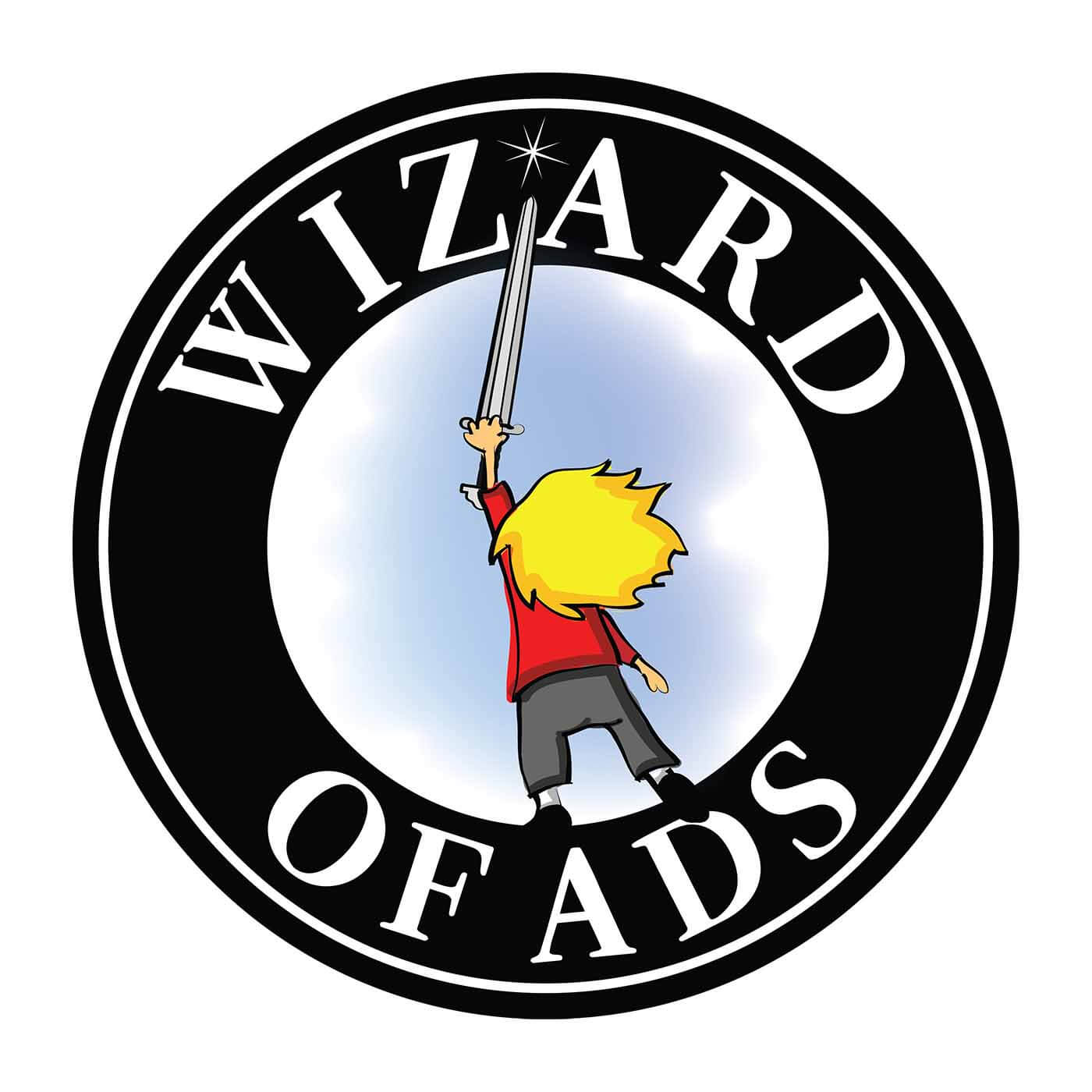Portals are openings that lead from one place to another.
The best screenwriters, novelists, poets, and ad writers use portals when they want their readers, listeners, and viewers to follow them to a new and different place.
Portals can be visual, auditory, or literary.
Visual Portals
like windows, doors, and tunnels, are used by painters, photographers, and graphic artists.
A portal makes a 2-dimensional image psychologically 3-dimensional.
There is
(1.) the foreground,
(2.) the portal (window) and
(3.) a different reality on the other side.
We see a kitchen, with people sitting at a table in the foreground. The kitchen counter is covered with the implements of cooking. But our eyes are attracted to the portal: a window under which the table sits… Looking through that window, we see that we are high up on a mountain overlooking a valley through which a whitewater stream makes its way to the sea.
There is one world on this side of that window, and another world on the other.
Portals make it easier for readers, listeners, and viewers to follow you on your journey of imagination.
Auditory portals
beckon you toward a world beyond. These portals of sound are another type of window that pulls you toward the valley, the river, and the sea.
Pitch, key, tempo, rhythm, interval, and contour are the 6 sub-languages in the language of music. Each of these involves movement up-and-down, and/or left and right. This is what makes them two-dimensional. To create a portal, we must add depth, the 3rd dimension.
- Harmony provides depth, thus opening an auditory portal.
- Major 7th chords provide depth, and thus open auditory portals.
When you strike the 1, 3, 5 and 7 keys in the major scale on a piano, you are playing a major 7th.
Strike the 1 and the 7 without the 3 and the 5, and you will create a truly horrible sound; a sound from which you will want to escape. Add the 3 and the 5 to that ugly 1 and 7, and you will hear a rich, lush sound with all the transcendent DEPTH of rich harmony. Auditory portals make is easier for people to follow you to the place you are trying to take them.
Literary Portals
are references from books, plays, movies, and TV shows that allow you to transfer a vivid mental image using only a few words.
Example: “I was so deep in thought I felt like Hamlet talking to the skull of Yorick.”
Example: “A drug dealer is a reverse Robin Hood, robbing the poor and giving the money to the rich.”
Example: “When you step off a train in Switzerland, you step through the wardrobe into Narnia.”
Literary Portals are another type of window, door, or tunnel.
The tunnel of a rabbit hole takes Alice into Wonderland.
The tunnel of a telephone landline allows Morpheus, Neo, and Trinity to get in and out of the Matrix. (They cannot do it over a cell phone.)
Doors called waygates allow Moiraine and the Aes Sedai to go from place to place in the Wheel of Time.
The spiraling tunnel of a tornado takes Dorothy into Oz.
The portal of Platform 9 3/4 in the train station allows Harry Potter to leave the world of muggles.
The shape of a spiral
is a portal that pulls you in. It is always associated with a feeling of spin.
Elevator Portals
take you to a different level. The concept of going up or down is easily communicated by the image of a ladder, stairs, an escalator, or an elevator.
Elevator portals can be visual, auditory, or literary.
A Dream
is a portal into a symbolic world; a waygate that allows you a glimpse of the unconscious as your pattern-recognizing right-brain processes your unresolved thoughts and impressions.
When you want to speak of hope or fear, confidence or anxiety, fantasy or...



